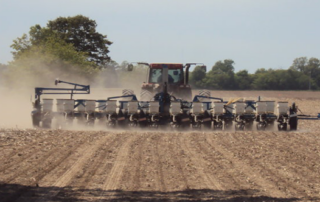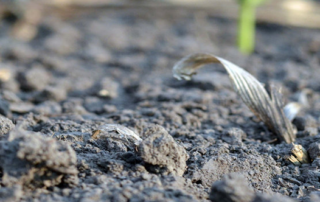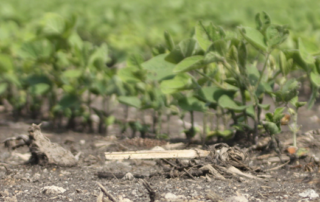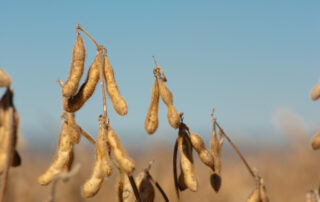Cold, Wet, Frustrating
We can sum up fall and winter, and now spring, in a few words; cold, wet, frustrating. While we still want to plant as [...]
WEBINAR: Importance of Aggregation for Soil Health
In this webinar we go in-depth and learn more about how aggregates are an important part of a healthy soil. We’ll start with the [...]
Bringing Soil Back to Life
One-quarter to one-third of all arable land on Earth has been taken out of production due to soil degradation. Locations like Syria and Libya [...]
Understanding Soil Compaction
Compaction limits root growth, soil porosity, water movement and water holding capacity, and causes water ponding. And everyone knows that soybeans don’t like wet [...]
Planning for Soil Health in 2019
Improving soil health is in vogue and many conferences have been held and stories written on soil health and how to achieve it. Of [...]
WEBINAR: Soil Organic Matter-A Fulcrum With Many Forms And Functions
Joel Gruver from Western Illinois University explains how soil organic matter helps improve soil productivity and health as part of the ILSoyAdvisor webinar series. [...]
Harness the Soil to Feed Your Crop
Applying fertilizer is the conventional practice in production agriculture. Growers are using combinations of natural nutrient cycling (soil biology, microbial interactions) and synthetic/chemical fertilizers [...]
Part 2 – Soybean Calcium Requirements: Understanding the Calcium Cycle
Soil tests indicate large amounts of exchangeable calcium in the soil, but what’s important is how much soluble calcium is present. You can ask [...]
Part 1 – Soybean Calcium Requirements: Soil
Calcium is often an overlooked nutrient in crop production because soil tests report large amounts of this extractable cation. This is the first in [...]
Can Soybeans Grow in Hydric Soils?
An attorney from Virginia called recently to discuss whether soybeans can or can’t grow in hydric soils. He is representing a client in Virginia [...]












 and then
and then